Recent Articles
Popular Makes
Body Types
10 Things You Need to Know About the 2020 Chevrolet C8 Corvette
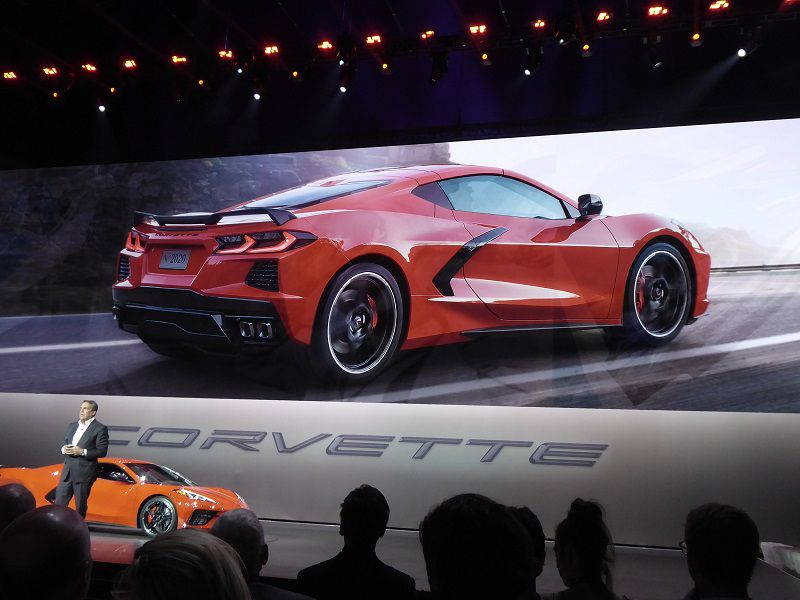
2020 Chevrolet C8 Corvette Debut RS ・ Photo by Ron Sessions
Chevrolet will introduce an all-new eighth-generation Corvette for the 2020 model year. Available in the last quarter of 2019, the new C8 Corvette shares virtually nothing with the preceding 2019 model as Chevrolet seeks to broaden the two-seater’s appeal to younger, more affluent buyers while updating its technology and keeping the core values of affordable performance alive.
For those who may not already be steeped in early C8 prognostications, here are a few factoids to consider.
1. The engine is behind the driver.
For the first time in the Chevrolet Corvette’s storied 67-year history, the car’s engine is mounted behind the passenger compartment. Chevrolet rolled out no fewer than nine mid- or rear-engined Corvette concepts and engineering exercises over the years, but the 2020 model with a mid-engine layout is coming to a Chevrolet showroom near you soon. It will be the only 2020 Corvette, as the previous-generation front-engine C7 version has already ceased production.
As with today’s Formula One racing cars and most high-performance exotics, the weight of the 2020 Corvette Stingray’s engine is over the rear wheels, delivering improved straight-line traction and stability. The driver and passenger now sit 16.5 inches closer to the front wheels and the hood line is lower (and shorter), making for improved forward visibility. Additionally, the 2020 Corvette’s center of gravity is close to the driver’s inside hip, so the chassis feels more responsive. And thanks to a shorter, stiffer steering column, the new Corvette’s steering has a more direct response.

Photo by Chevrolet
2. A 490-hp small-block V8 is standard.
For all but the first two years of the Corvette’s existence, a small-block Chevrolet V8 has been a core element of its appeal. The 2020 model is no different, launching with a standard 6.2-liter LT2 overhead-valve V8 rated at 490 horsepower (up 35 hp from last year’s LT1) and 465 lb-ft of torque.
Opting for the optional dual-mode performance exhaust (included with the Z51 package) adds another 5 hp and 5 lb-ft of torque. The direct-injected LT2 gets a more aggressive camshaft for more top-end power as well as a standard dry-sump lubrication system that maintains critical oil pressure even at 1g cornering loads. The LT2 comes by its performance naturally; there are no turbochargers or superchargers to spool up. Stay tuned for subsequent versions of the C8, however, that might bring more valves, overhead cams, turbocharging or supercharging, and possibly electric boost.
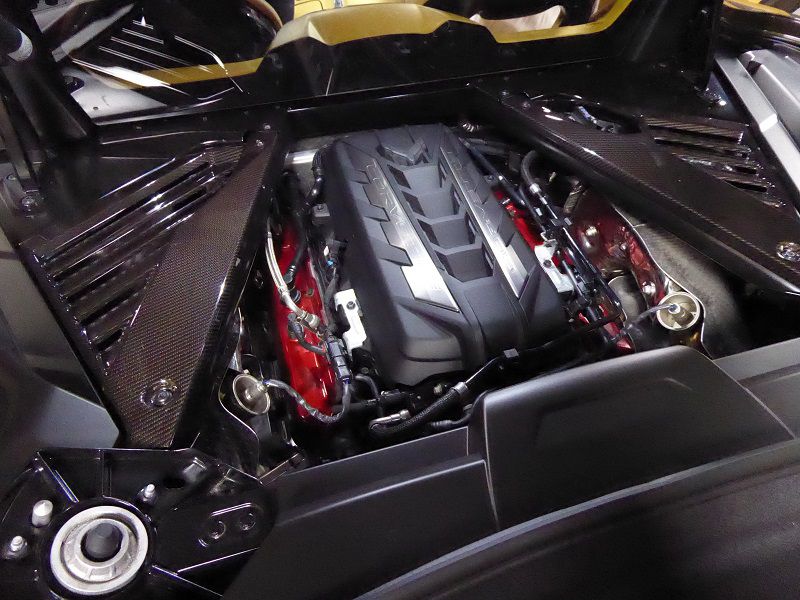
Photo by Ron Sessions
3. The Z51 version can do 0-60 in under three seconds.
The rearward (60/40) weight bias, meaty standard 305/30ZR20 rear tires, and electronic limited-slip rear differential help the 2020 Corvette hook up off the line. Chevrolet claims the 2020 model with the standard 6.2-liter V8 and Z51 performance package, which among other things brings the dual-mode performance exhaust (+ 5 hp) and shorter gearing, can accelerate from rest to 60 mph in less than 3 seconds.
That puts the new Corvette in such fast company as the Lamborghini Huracán AWD, along with the previous-generation 650-hp Corvette Z06 and 755-hp Corvette ZR1. One can only imagine how quickly higher-output versions of the C8 Corvette in the product pipeline — rumored to be closing in on 1,000 hp — will be able to do the deed.

Photo by Chevrolet
4. No manual transmission is available.
Sports-car purists may bemoan the lack of a manual-transmission option in the new C8 Corvette. But the truth is modern automatic gearboxes and their computer-controlled algorithms have gotten so quick and responsive at changing gears as to make stick-shift transmissions and that third pedal at the driver’s feet feel clumsy and irrelevant.
For the 2020 Corvette Stingray, the sole gearbox is a Tremec eight-speed dual-clutch automatic with steering-wheel-mounted paddle shifters. Drive opportunities are still some months away, but if the Tremec DCT shifts as well as similar units already available in various European sporty models, the gearchanges are typically so smooth and seamless that the only sure way to detect shifts is to watch the tachometer or listen to a change in engine speed.
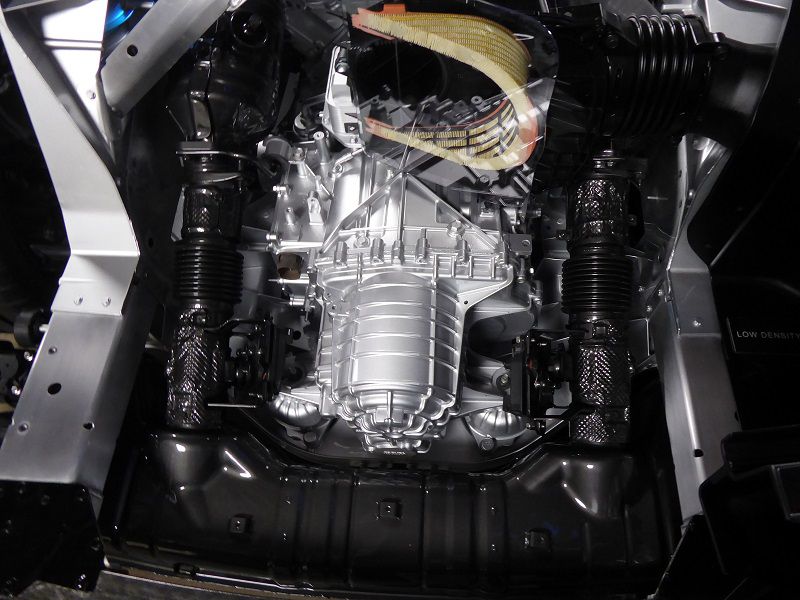
Photo by Ron Sessions
5. The cockpit is driver-oriented.
One of the more controversial design aspects of the 2020 Corvette is its driver-focused cockpit. Most all sports cars are driver-focused, but in the case of the new C8 Corvette, the instrument panel sweeps down into the console with a cubicle-like (or jet-fighter-like, depending on how you feel about it) divider. It partially walls off the 8-inch Apple CarPlay and Android Auto-enabled infotainment screen, shifter, and some minor controls from the passenger.
Atop this divider is a string of about 20 climate-control and seat-function buttons that both driver and passenger can reach. The infotainment screen has a single knob for volume control and a mouse-like rotary controller with three shortcut buttons on the console. Chevrolet dispensed the old fore-aft PRNDL shift lever to the recycle bin and instead uses a new console-mounted push-button shifter not unlike that in the Acura NSX.
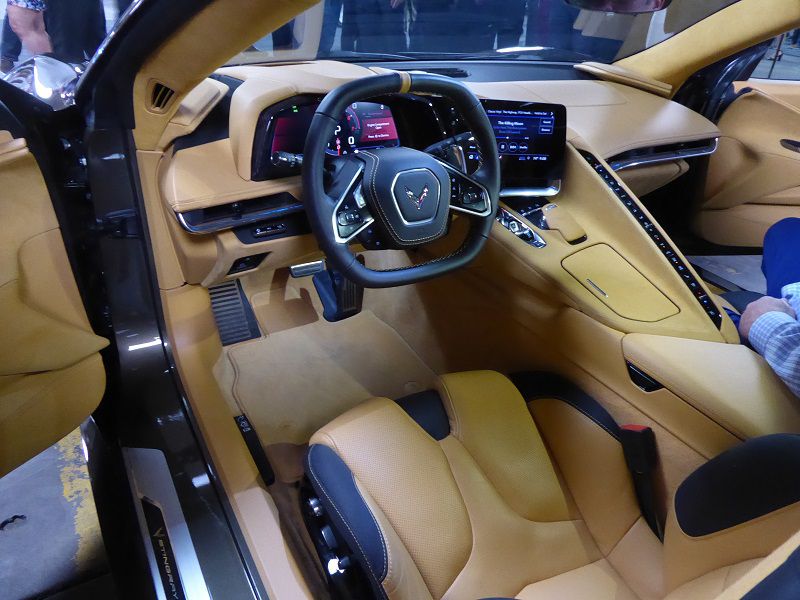
Photo by Ron Sessions
6. Engine sound is piped into the cockpit.
With the engine behind the cockpit, the least-evocative sounding parts of the small-block V8, the accessory drive belts, are closest to the passenger compartment with the most engaging bits, the exhaust manifolds, farthest from earshot.
Chevrolet helps remedy this conundrum by using extra-thick rear glass at the rear of the cabin to help diminish the whirring of accessory belt drives and a dedicated sound tube to route the essence of the lusty V8’s delicious exhaust rumble to the passenger compartment. After all, the Corvette is not just a car but a driving experience.
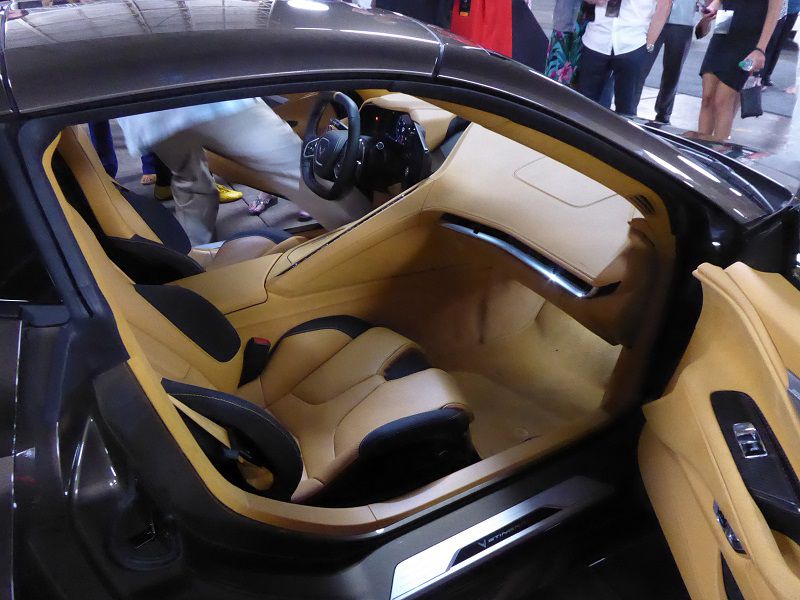
Photo by Ron Sessions
7. It has two trunks.
Given that the C8’s engine now resides where previous-generation Corvettes held cargo, Chevrolet had to get creative and carve out luggage space where the hardware wasn’t. So, like a Porsche Boxster or Cayman, there are two luggage compartments in the 2020 Corvette.
Up front in the cool part of the car is a 5-cubic-foot compartment just large enough for an airline regulation roller bag and a small laptop case. Aft of the engine compartment is a larger, deeper, and likely warmer crescent-sized well of about 7.6 cubic feet. Chevy says it's big enough to handle two golf bags or the vehicle's removable targa top. While the 12.6 cubic feet of total luggage space is a far cry from the open-the-hatch-and-throw-it-in 22.0 cubic feet the C6 Corvette offered, it’s competitive with the space available in other mid-engine exotics and sports cars today. Just don’t plan to take your own clubs on your vacation.
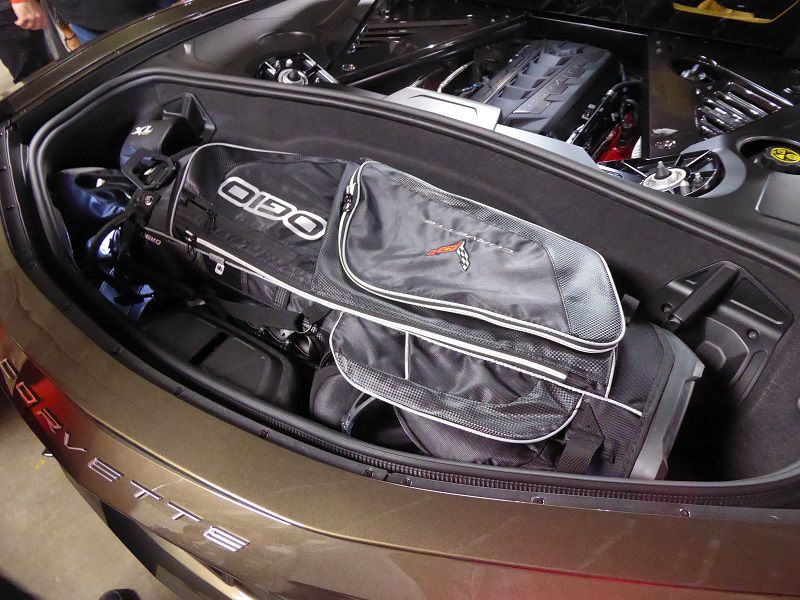
Photo by Ron Sessions
8. It can lift its nose over obstacles.
Driving a low, ground-hugging sports car is great — but who hasn’t winced as their undercarriage scraped against uneven pavement, speed bumps, or that surprisingly steep driveway ramp?
The 2020 Corvette features a pair of screw jacks in the front suspension that allow the driver to raise its nose by nearly 2 inches in less than 3 seconds to clear such obstacles at speeds up to 24 mph. Neatest of all, the system can then geo-tag the obstacle, enter up to 1,000 such coordinates into memory, and perform the same scrape-avoidance maneuver the next the time the car encounters it. Pretty cool.

Photo by Chevrolet
9. A removable targa roof is standard.
At launch, the only body style available for the 2020 Corvette is a targa-top coupe. The targa-top roof panel is removable, effectively converting the two-seater from a hardtop to an open-air convertible.
The removable roof panel can be stored in the rear trunk, handy for when the weather changes unexpectedly.
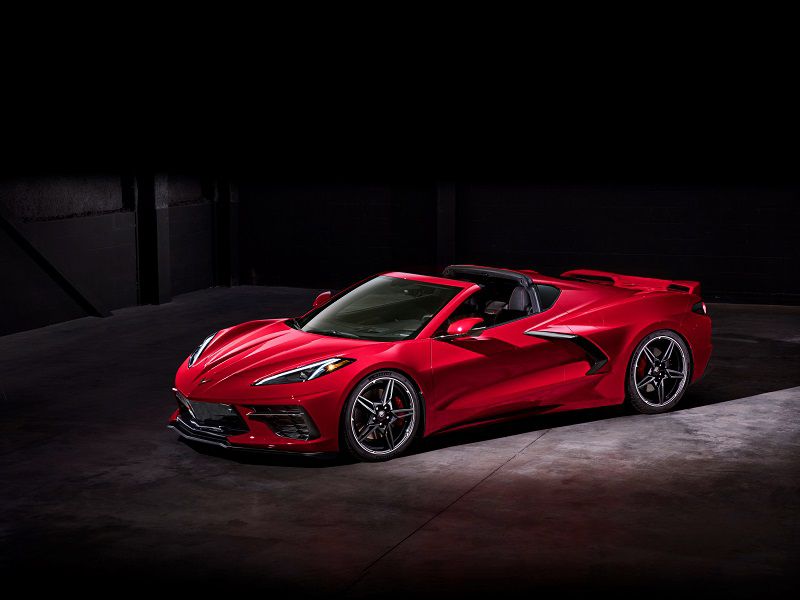
Photo by Chevrolet
10. Prices start at $59,995.
At a starting price just $3,000 higher than the outgoing 2019 Corvette Stingray, the all-new mid-engine V8-powered 2020 model with base 1LT trim is a bargain at $59,995, including its destination charge. Standard equipment includes eight-way power leather GT1 buckets, a power tilt/telescope steering wheel, 10-speaker Bose stereo, and one-touch NFC Bluetooth phone pairing.
The $67,295 2LT trim adds niceties such as a color head-up display, a performance data recorder, navigation, heated and ventilated seats, and a wireless phone charger. The $71,945 3LT brings a custom leather-wrapped interior, more aggressively bolstered GT2 seats and carbon-fiber trim. Although it’s understandable in a car that encourages driver involvement, it’s notable that no adaptive cruise control has been announced for the 2020 Corvette. Could it be that one of the next applications of GM’s Super Cruise hands-free semi-autonomous drive program is heading the Corvette’s way?
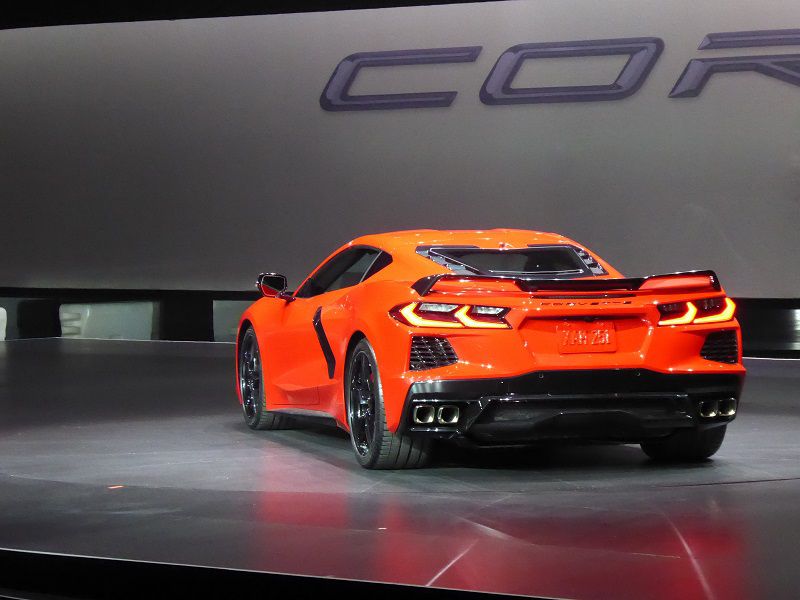
Photo by Ron Sessions